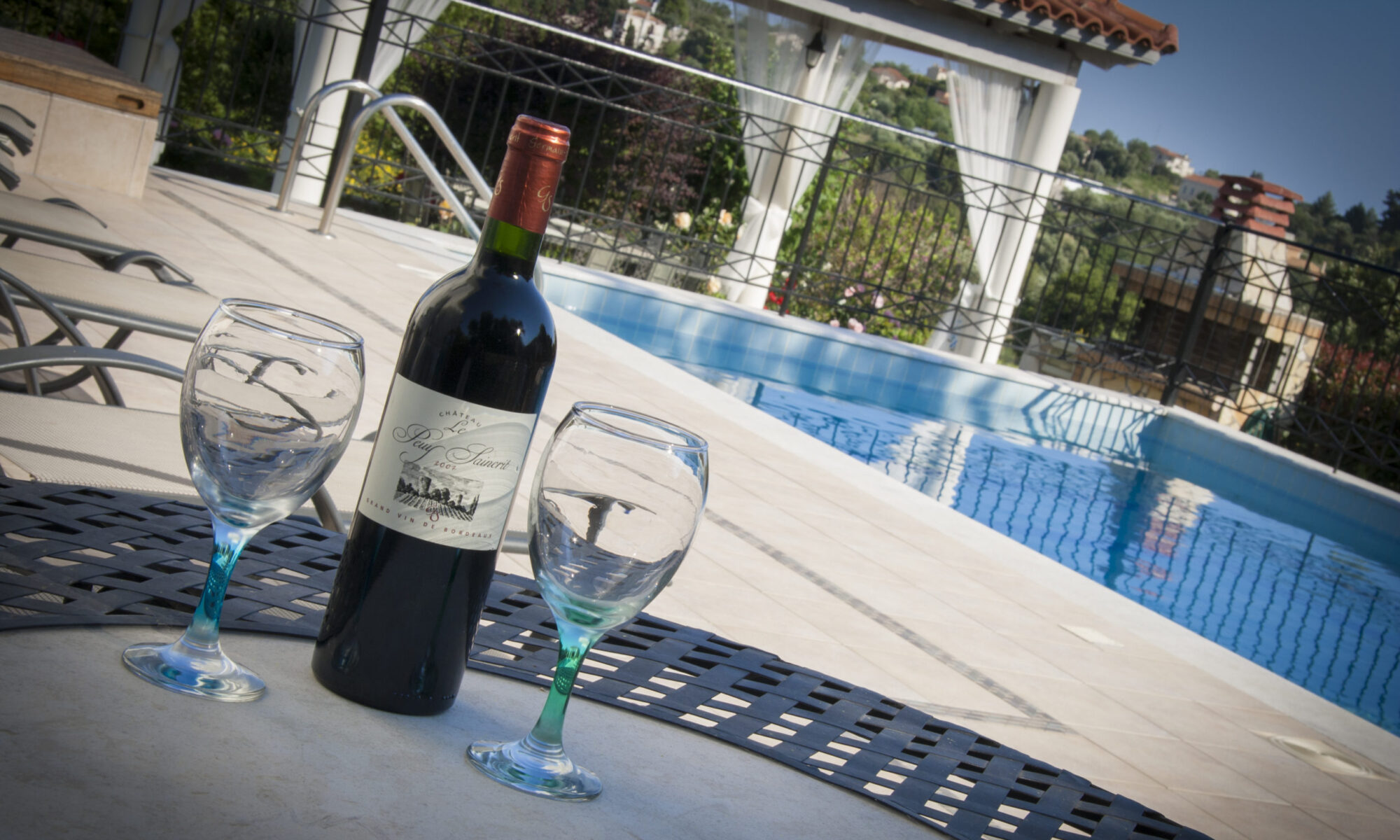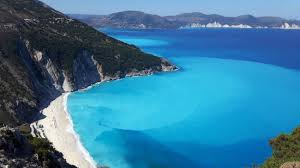Kefalonia is the largest of the seven Ionian Islands, covering a surface of 781 square kilometres and enjoying a coastline of 254 kilometres. The island is largely unspoilt with low-profile tourism, a very low crime rate and a rich cultural heritage.
The island is located between Lefkada, in the north, and Zakynthos, in the south and has a population of almost 45.000 inhabitants who are mostly gathered in the island’s capital and main port, Argostoli. Their main occupations and source of income are agriculture, fishing and tourism.
The island of Kefalonia is very mountainous which adds to its beauty with the highest mountain, Mount Ainos, rising at an altitude of 1520 metres, and is the only mountain in the whole Mediterranean to possess a unique fir forest specie called Abies Kefallia.
Those are protected species and the area where they grow has therefore been declared a National Park. Many fruitful plains, amazing lakes and rivers, caves, thick and verdant forests and wonderful beaches with golden sand and crystalline waters embellish the island.
Because of its huge natural wealth, Kefalonia was, like all the other Ionian Islands, dominated by various civilizations such as the Byzantine, the Frankish, the Ottoman, the Venetian, but also the Napoleonic and the British Empires.
During World War II, Kefalonia was under Italian and German domination and the capitulation of Italy led to the massacre of 5000 Italian soldiers; this event inspired the writer Louis de Bernieres, to pen the famous novel: “Captain Corelli’s Mandolin”, which later became a Hollywood movie.
Apart from the capital, Argostoli, the island of Kefalonia has a multitude of picturesque villages and small towns scattered both in the mountains and along the coastline.

